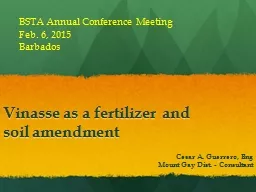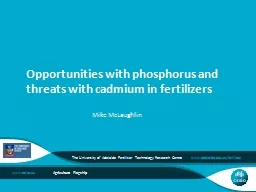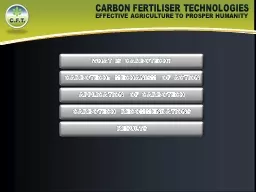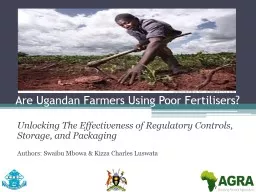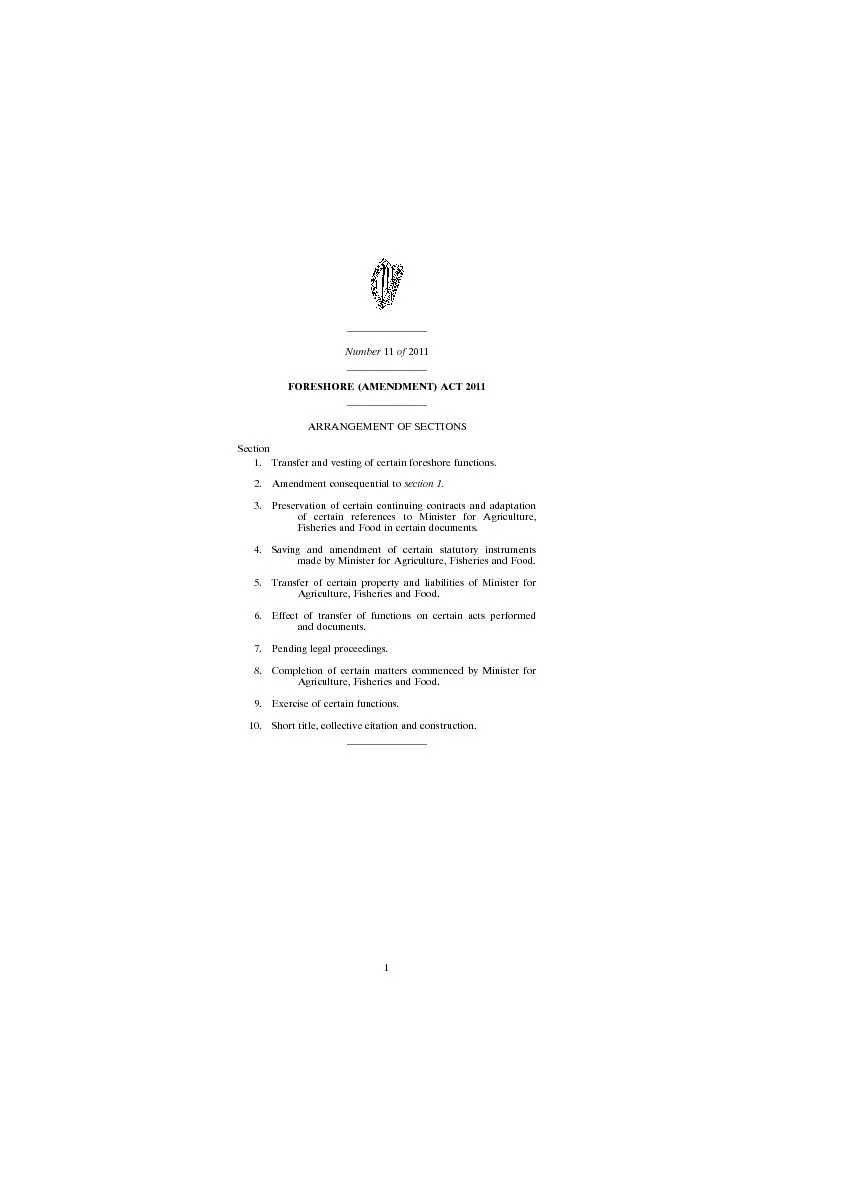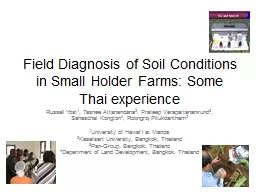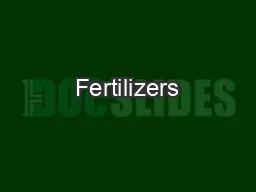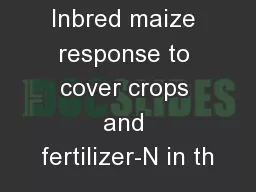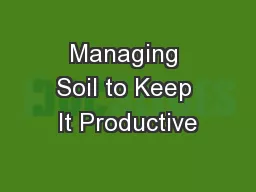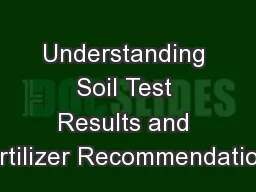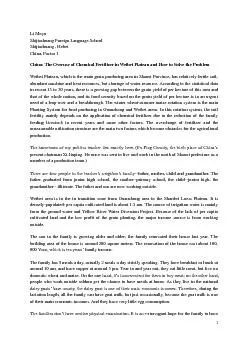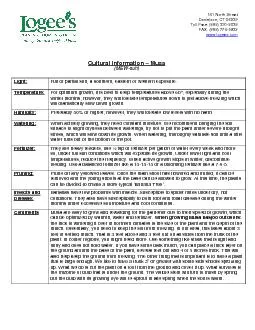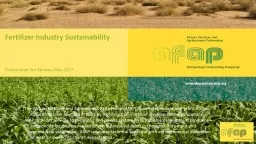PPT-Vinasse as a fertilizer and soil amendment
Author : sherrill-nordquist | Published Date : 2017-12-02
Cesar A Guerrero Eng Mount Gay Dist Consultant BSTA Annual Conference Meeting Feb 6 2015 Barbados Thinking out of the box Think about it An scenario of sugarcane
Presentation Embed Code
Download Presentation
Download Presentation The PPT/PDF document "Vinasse as a fertilizer and soil amendme..." is the property of its rightful owner. Permission is granted to download and print the materials on this website for personal, non-commercial use only, and to display it on your personal computer provided you do not modify the materials and that you retain all copyright notices contained in the materials. By downloading content from our website, you accept the terms of this agreement.
Vinasse as a fertilizer and soil amendment: Transcript
Download Rules Of Document
"Vinasse as a fertilizer and soil amendment"The content belongs to its owner. You may download and print it for personal use, without modification, and keep all copyright notices. By downloading, you agree to these terms.
Related Documents

